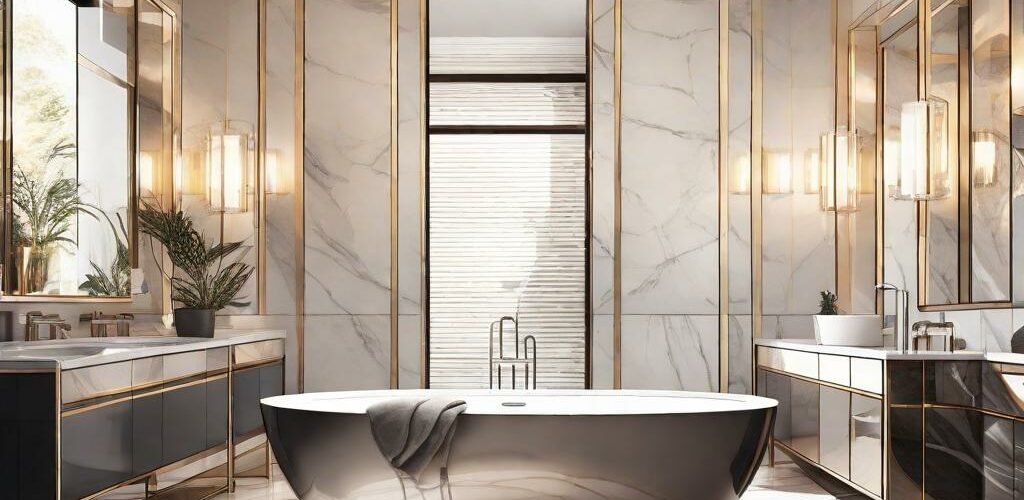
Upgrading Your Bathroom to Add Value to Your Property
Upgrading Your Bathroom
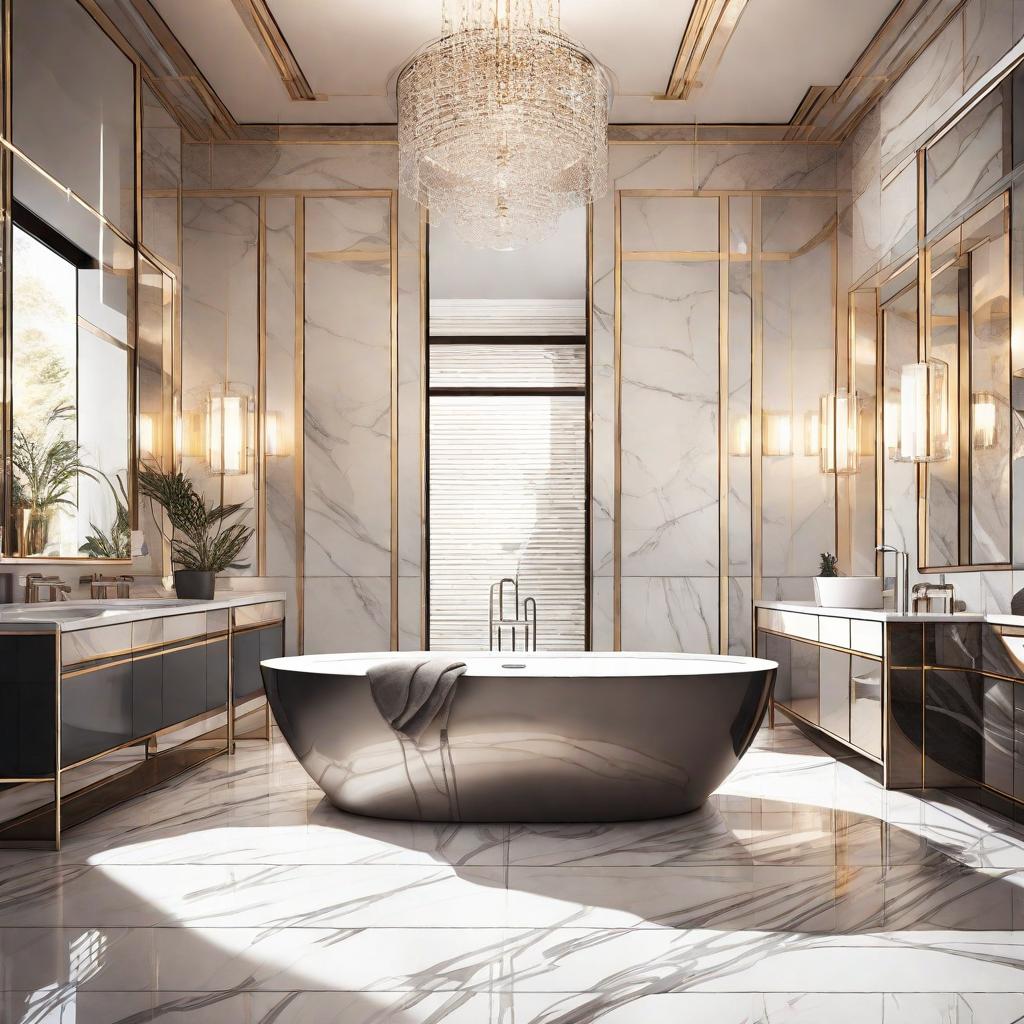
Why upgrading your bathroom is a wise investment
Upgrading your bathroom not only enhances the overall look and functionality but also adds significant value to your property. A well-designed and modern bathroom can attract potential buyers and increase the sale price of your home. In this article, we will explore the various aspects of bathroom upgrades and how they can boost the value of your property.
Overview of the article’s focus and structure
This article aims to provide a comprehensive guide to upgrading your bathroom with a focus on adding value to your property. We will delve into topics such as assessing your bathroom’s potential, designing a functional and elegant bathroom, adding modern features and technology, hiring professionals and managing the renovation process. By following these steps, you will be able to transform your bathroom into a luxurious and appealing space that enhances your property’s value.
Importance of considering value-added features in bathroom upgrades
In today’s competitive real estate market, buyers are seeking homes with standout features, and the bathroom is one area that can make a significant impression. By incorporating value-added features such as eco-friendly materials, energy-efficient fixtures, and smart technology, you can create a bathroom that sets your property apart and attracts potential buyers.
Assessing Your Bathroom’s Potential
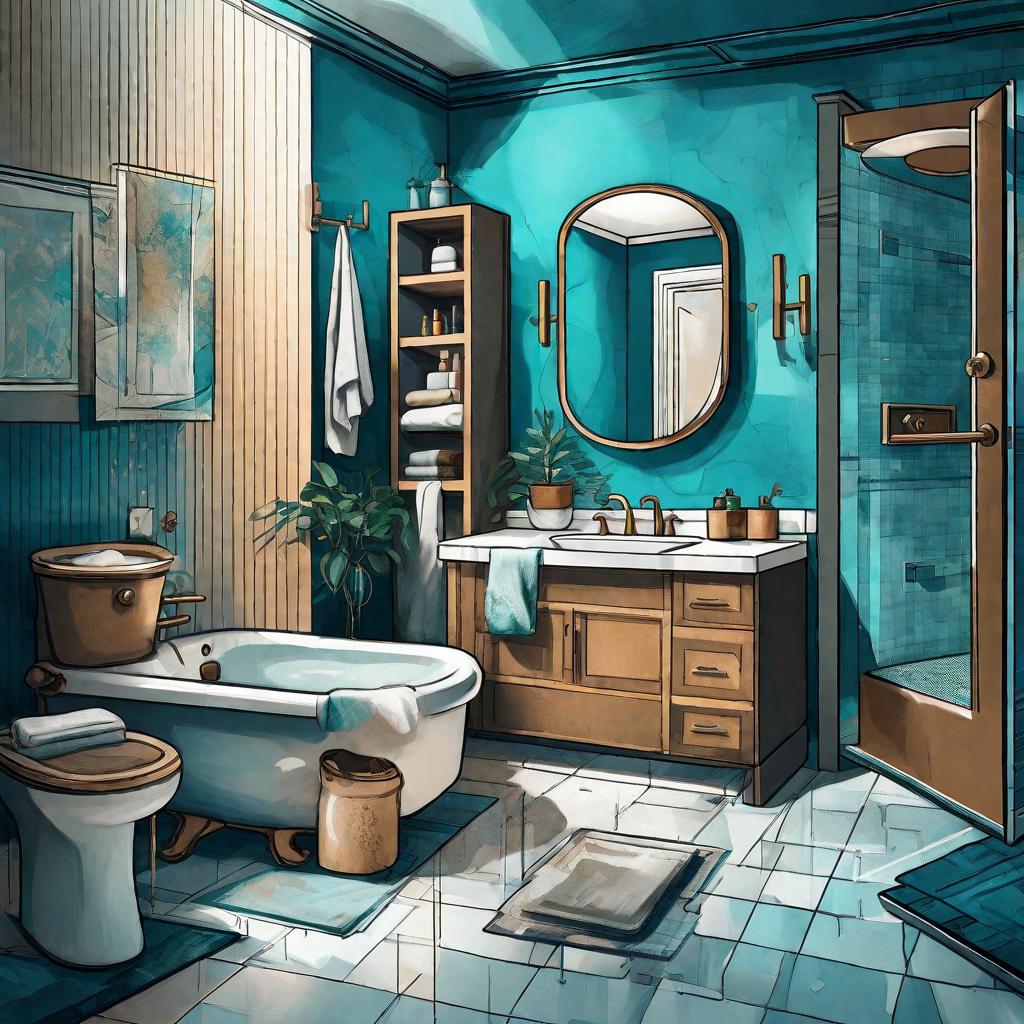
Understanding the current state of your bathroom
1. Evaluating functionality and layout
Examine how well your bathroom functions and whether there are any layout issues that need to be addressed. Consider factors such as ease of movement, accessibility, and whether the layout facilitates efficient use of space.
2. Identifying outdated or damaged fixtures
Take note of any fixtures that may be outdated, worn out, or not functioning properly. Outdated fixtures can greatly impact the overall aesthetics and functionality of your bathroom.
3. Analyzing available space and storage options
Evaluate the available space in your bathroom and assess whether it is being utilized efficiently. Consider incorporating storage solutions to maximize space and reduce clutter.
Considering your budget and setting realistic goals
1. Determining a budget range for your bathroom upgrade
It is important to establish a budget before starting any renovation project. Determine how much you are willing to invest in your bathroom upgrade and allocate funds accordingly.
2. Weighing the potential return on investment (ROI)
Consider the potential return on investment when setting your budget. Upgrading your bathroom can increase your property’s value, so it is essential to strike a balance between your investment and expected returns.
3. Aligning your goals with your renovation budget
Prioritize your goals based on your budget and desired outcome. This will help you make informed decisions and ensure that you are maximizing the value of your bathroom upgrade.
Designing a Functional and Elegant Bathroom
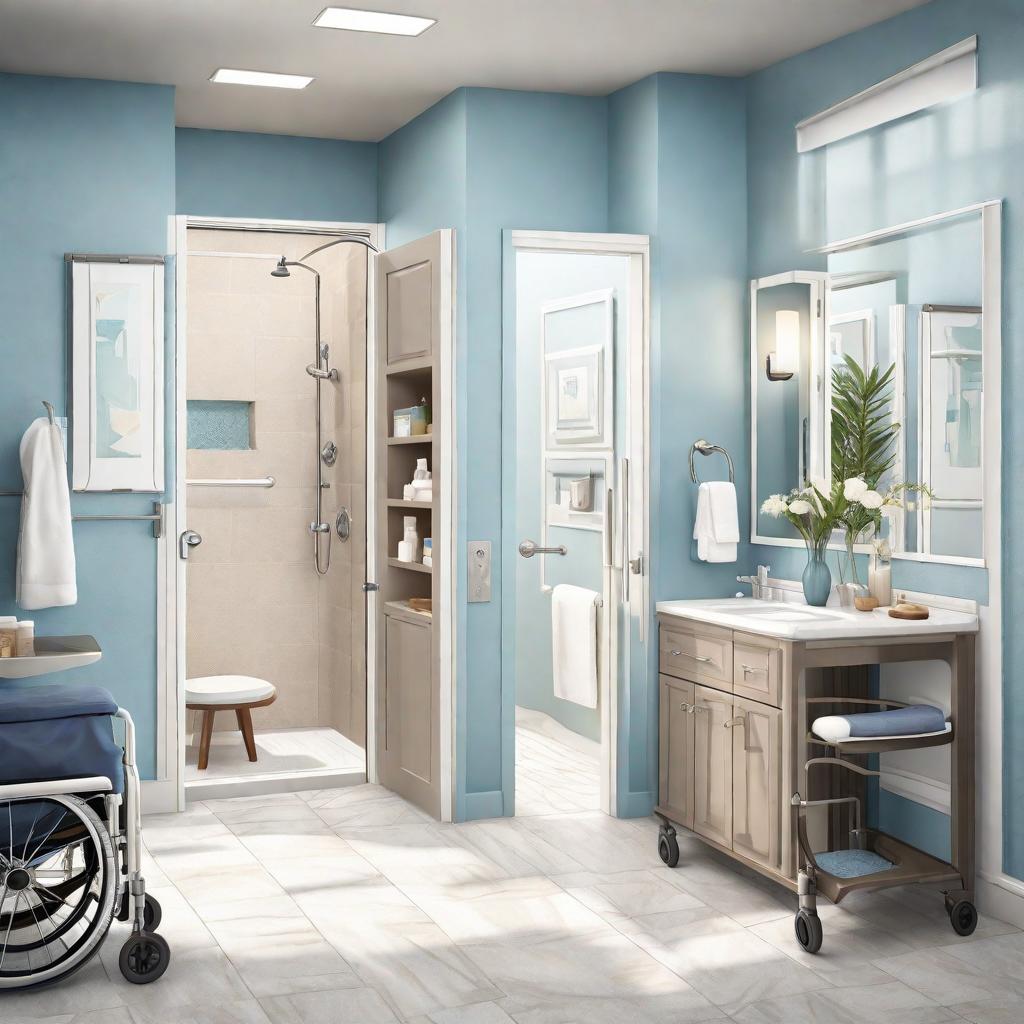
Choosing the right layout and floor plan
1. Assessing different bathroom layouts and their benefits
Explore various bathroom layouts such as single-wall, galley, or L-shaped, and determine which one suits your space and needs best. Consider factors such as accessibility, ease of cleaning, and traffic flow when selecting the optimal layout.
2. Maximizing space utilization through smart design options
Look for design options that optimize space utilization, such as wall-mounted fixtures, recessed shelving, or built-in storage. Utilizing vertical space and incorporating multi-functional elements can make a significant difference in a small bathroom.
3. Incorporating accessibility features for added value
Consider incorporating accessible features such as grab bars, non-slip flooring, and curbless showers to enhance the functionality and appeal of your bathroom. These features not only cater to specific needs but also increase the potential value of your property.
Selecting fixtures and materials for durability and aesthetics
1. Exploring durable and low-maintenance fixture options
Invest in fixtures that are not only visually appealing but also durable and easy to maintain. Opt for materials such as solid surface countertops, ceramic or porcelain tiles, and high-quality faucets and hardware.
2. Incorporating eco-friendly materials and energy-efficient fixtures
Choose eco-friendly materials such as bamboo or reclaimed wood for cabinetry, low VOC paints, and recycled glass for countertops. Install energy-efficient fixtures like LED lighting, low-flow toilets, and water-saving showerheads to minimize environmental impact and reduce utility costs.
3. Enhancing the overall design with stylish and timeless elements
Incorporate stylish and timeless design elements that will stand the test of time and appeal to potential buyers. Consider features such as a freestanding bathtub, a double vanity with marble countertops, or a statement lighting fixture to add a touch of luxury to your bathroom.
Optimizing lighting and ventilation for ambiance and comfort
1. Understanding the importance of proper lighting in a bathroom
Good lighting is essential for both functionality and aesthetics in a bathroom. It is important to strike a balance between natural and artificial lighting to create a well-lit and inviting space.
2. Exploring various lighting options and their effects
Consider the use of task lighting around the vanity, ambient lighting for overall illumination, and accent lighting to highlight specific areas or features. Explore different lighting fixtures such as wall sconces, recessed lighting, or pendant lights to achieve the desired effect.
3. Ensuring adequate ventilation to prevent moisture-related issues
Proper ventilation is crucial in a bathroom to prevent the build-up of moisture, which can lead to mold and other issues. Install an exhaust fan or consider incorporating a window for natural ventilation to maintain a fresh and healthy environment.
Adding Value with Modern Features and Technology

Upgrading bathroom appliances and fixtures
1. Investing in water-saving toilets and efficient plumbing fixtures
Upgrade to water-saving toilets that use less water per flush, reducing water consumption and utility costs. Consider efficient plumbing fixtures such as low-flow faucets and showerheads to further minimize water usage.
2. Incorporating spa-like features and luxury elements
Create a spa-like retreat by incorporating luxury elements such as a rainfall showerhead, a freestanding bathtub, or a steam shower. These features not only enhance the overall experience but also add significant value to your property.
3. Exploring smart technology options for convenience and energy efficiency
Incorporate smart technology into your bathroom with features such as automated lighting, motion sensor faucets, or programmable thermostats. These modern additions not only provide convenience but also increase energy efficiency and appeal to tech-savvy buyers.
Integrating storage solutions for a clutter-free space
1. Maximizing storage through creative cabinet and vanity design
Optimize storage space by choosing cabinets and vanities with built-in storage options. Consider features such as pull-out drawers, adjustable shelves, or hidden compartments to keep your bathroom organized and clutter-free.
2. Utilizing space-saving storage solutions for small bathrooms
In small bathrooms, maximize space by utilizing vertical storage solutions such as wall-mounted shelves, recessed niches, or over-the-toilet cabinets. Make use of otherwise unused areas to create additional storage space.
3. Customizing storage options to meet individual needs
Consider your specific storage needs and customize solutions accordingly. Take into account factors such as the number of occupants, daily routines, and specific toiletries or accessories that require storage.
Incorporating energy-efficient and sustainable practices
1. Utilizing eco-friendly materials and sustainable construction practices
Incorporate eco-friendly materials such as recycled tile, bamboo flooring, or natural stone to minimize environmental impact. Consider sustainable construction practices such as using reclaimed materials or opting for locally sourced products.
2. Implementing water-saving measures and energy-efficient systems
Install low-flow fixtures, rainwater harvesting systems, or graywater recycling systems to minimize water usage. Incorporate energy-efficient systems such as solar water heaters or LED lighting to reduce overall energy consumption.
3. Exploring options for integrating renewable energy sources
Consider incorporating renewable energy sources such as solar panels to power your bathroom or heat water. Utilize the available resources to reduce dependency on traditional energy sources and increase the sustainability of your bathroom.
Hiring Professionals and Managing the Renovation process
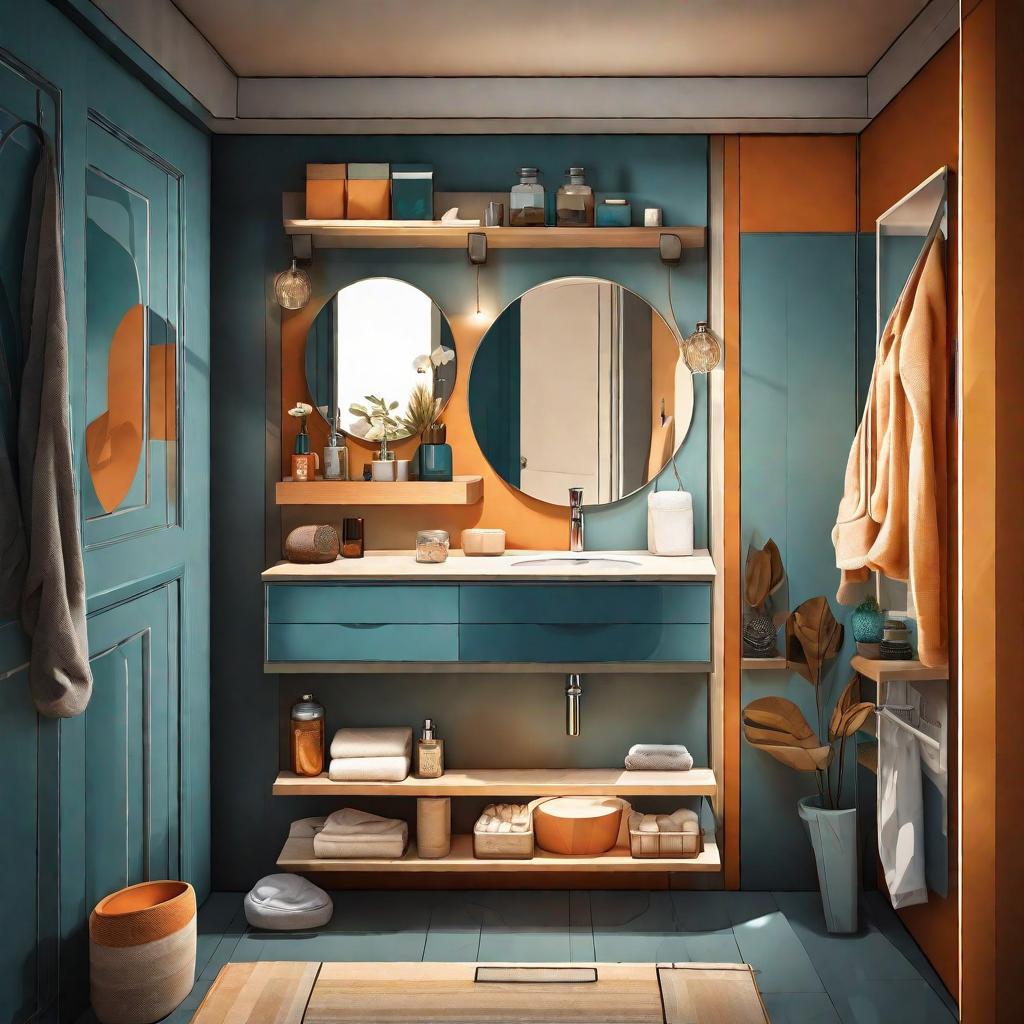
Finding the right contractor or designer for your project
1. Researching and interviewing potential professionals
Conduct thorough research to find reputable contractors or designers who specialize in bathroom renovations. Seek recommendations from friends, family, or online platforms and interview multiple professionals to find the right fit for your project.
2. Checking references, certifications, and licenses
Request references from previous clients and follow up with them to ensure the contractor or designer has a track record of delivering quality work. Verify that the professional holds the necessary certifications and licenses required by your local regulations.
3. Discussing the project timeline and contracts
Clearly communicate your expectations and timeline to the professional to ensure they can meet your needs. Have a written contract in place that outlines all aspects of the project, including timelines, payment schedules, and scope of work.
Planning and overseeing the renovation project
1. Creating a detailed project plan and obtaining necessary permits
Work with the contractor or designer to create a detailed project plan that outlines each phase of the renovation and the associated timeline. Ensure that all necessary permits and approvals are obtained before commencing any work.
2. Establishing a realistic timeline and managing the work schedule
Set a realistic timeline for the renovation, considering factors such as the scope of work, available resources, and potential setbacks. Regularly communicate with the professionals involved and ensure that the work schedule is adhered to.
3. Communicating effectively with contractors and tracking progress
Maintain open lines of communication with the contractor or designer throughout the project. Regularly check on the progress of the renovation, address any concerns or clarifications promptly, and keep track of changes or modifications to the original plan.
Dealing with unforeseen challenges and ensuring quality control
1. Addressing unexpected issues during the renovation process
Understand that unforeseen challenges may arise during a renovation project. Work closely with your contractor or designer to address these issues promptly and find suitable solutions.
2. Conducting regular inspections to maintain quality standards
Conduct regular inspections throughout the renovation process to ensure that the work is being carried out to the expected standard. Address any quality issues immediately to avoid any compromises in the end result.
3. Handling necessary adjustments and finalizing the project
Be prepared for necessary adjustments or modifications as the renovation progresses. Once the renovation is complete, review the work with the professionals involved and ensure that all aspects of the project have been addressed to your satisfaction.
Summary
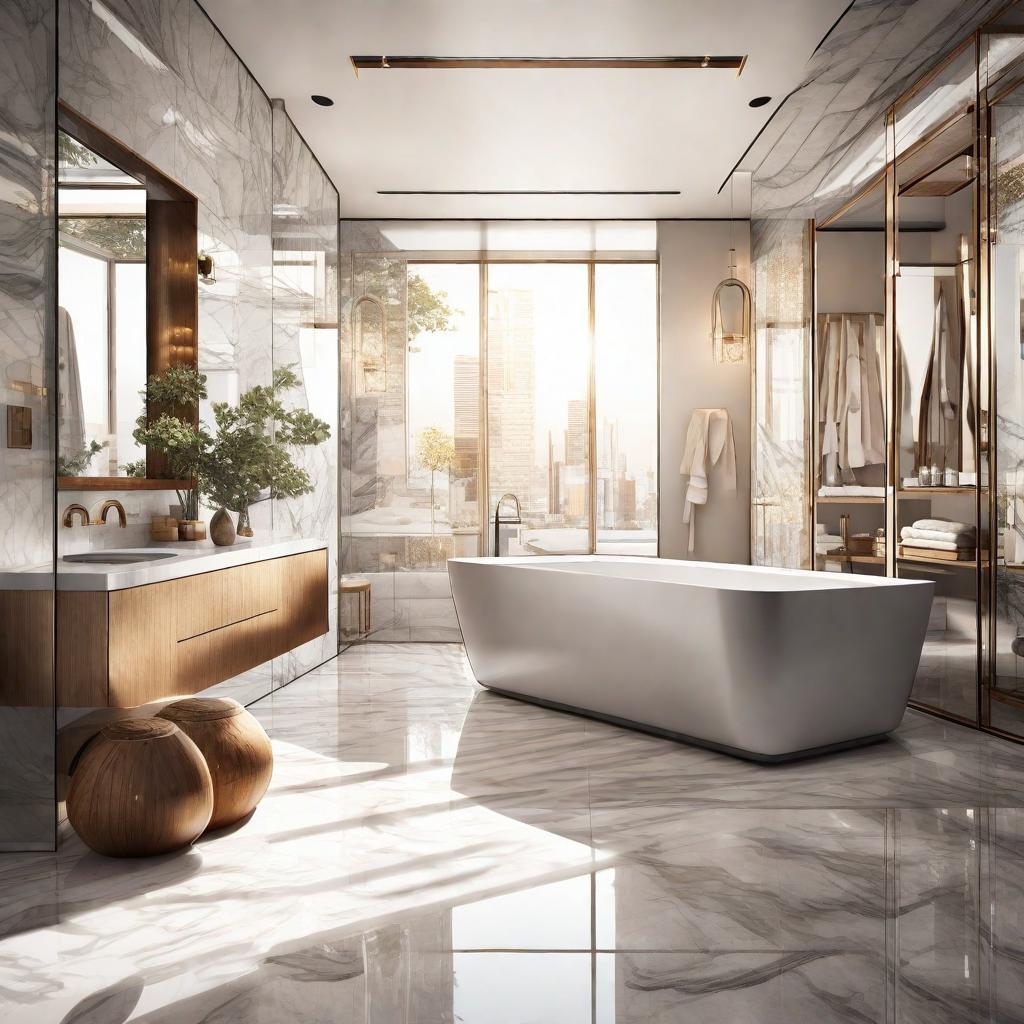
Recap of the importance of upgrading your bathroom for property value
Upgrading your bathroom is a wise investment that can significantly increase the value of your property. By considering factors such as functionality, design, energy efficiency, and storage, you can create a bathroom that stands out and attracts potential buyers.
Highlighting key factors to consider during the renovation process
Assessing your bathroom’s potential, setting a realistic budget, and selecting the right design elements and features are essential aspects of a successful bathroom upgrade. Hiring professionals, managing the renovation process effectively, and ensuring quality control are crucial for a satisfactory outcome.
Emphasizing the potential impact on overall property value
Upgrading your bathroom can have a significant impact on the overall value of your property. By creating a functional, stylish, and environmentally friendly space, you enhance the appeal and desirability of your property in the real estate market.
FAQs (Frequently Asked Questions)
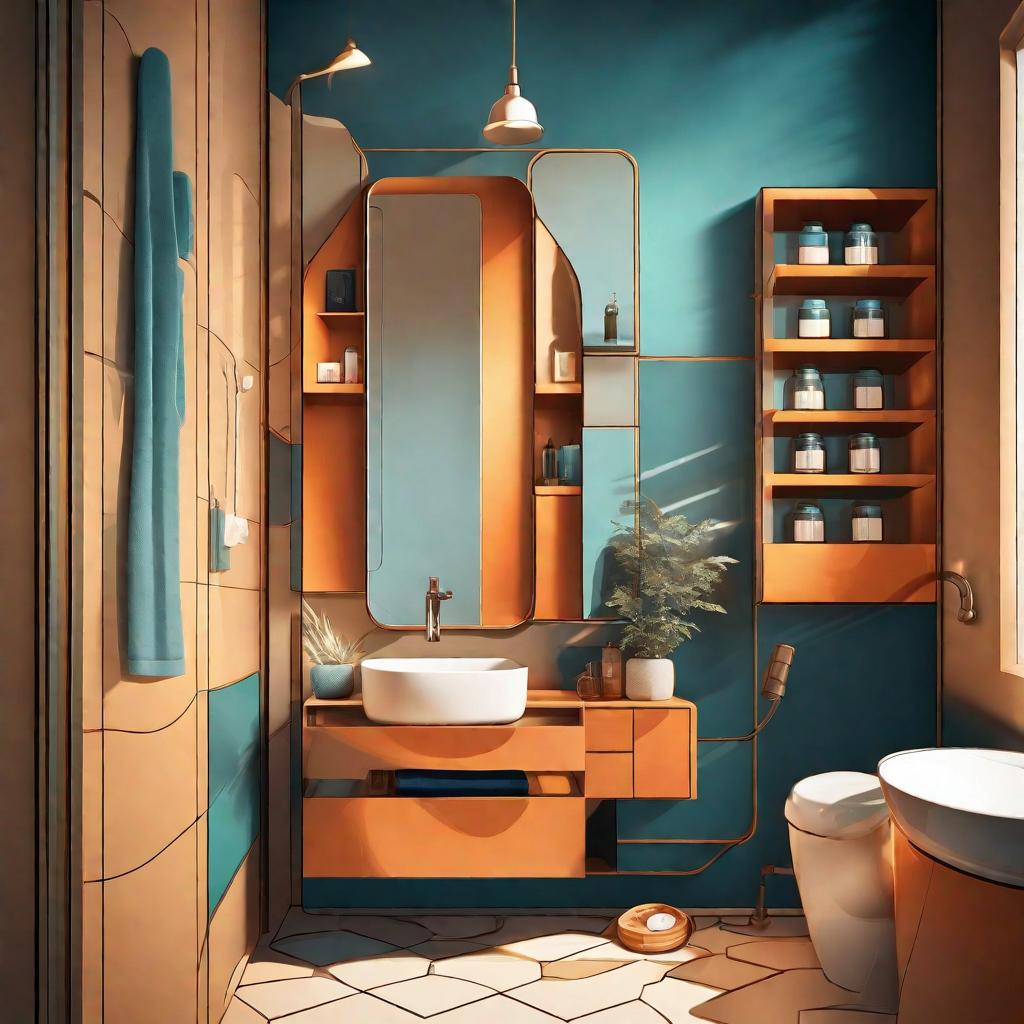
What is the average cost of a bathroom upgrade?
The cost of a bathroom upgrade can vary widely depending on factors such as the scope of work, materials used, and location. On average, a bathroom upgrade can range from a few thousand dollars to tens of thousands of dollars.
How long does a bathroom renovation typically take?
The duration of a bathroom renovation can depend on factors such as the complexity of the project, the availability of materials, and the contractor’s schedule. On average, a bathroom renovation can take anywhere from a few weeks to a few months.
Can renovating my bathroom increase my property’s resale value?
Yes, renovating your bathroom can increase your property’s resale value. A modern and well-designed bathroom is a desirable feature for potential buyers and can significantly impact their perception of the property’s overall value.
What are some budget-friendly ideas for bathroom upgrades?
Some budget-friendly ideas for bathroom upgrades include repainting the walls, updating fixtures and hardware, refinishing cabinets, and installing new lighting. These updates can make a noticeable difference without breaking the bank.
Are there any permits or regulations to consider when renovating a bathroom?
Yes, it is important to consider and obtain any necessary permits or approvals before starting a bathroom renovation. Regulations vary by location, so it is crucial to consult with local authorities or your contractor to ensure compliance.
If you would like tailored advice on your bathroom upgrade journey, please get in touch with our team today!